The Role of Bucket Moulds in Plastic Manufacturing
In the realm of plastic manufacturing, the use of bucket moulds has become an integral part of creating a wide range of products, from household containers to industrial storage solutions. These moulds play a crucial role in shaping molten plastic into functional and aesthetically pleasing buckets of various sizes and designs. Let's delve into the significance and process of utilizing bucket moulds in modern manufacturing.
Bucket moulds are designed to accommodate the specific dimensions, features, and designs required for different types of buckets. Manufacturers can customize these moulds to create buckets of varying capacities, shapes, handles, and lids, ensuring that the final products meet the needs of diverse industries and consumer preferences.
The process of using a bucket mould to create plastic buckets primarily involves injection molding, a widely employed manufacturing technique. The steps of the injection molding process include:
Material Preparation: High-quality plastic materials, usually in the form of pellets, are selected based on factors like durability, strength, and cost-efficiency. These materials are then melted and homogenized to ensure uniformity.
Mould Clamping: The bucket mould is securely clamped into the injection molding machine. The mould consists of two halves, the cavity and the core, which come together to form the desired bucket shape.
Injection: The melted plastic material is injected into the mould cavity under high pressure. The material fills the mould, conforming to its shape and details.
Cooling and Solidification: After injection, the plastic material is allowed to cool and solidify within the mould. Cooling is a critical step to ensure that the plastic retains its intended shape and characteristics.
Ejection: Once the plastic has solidified, the mould is opened, and the finished bucket is ejected from the mould cavity. This process is facilitated by the use of ejector pins.
Advantages of Bucket Moulds:
The utilization of bucket moulds offers several advantages to manufacturers:
Efficiency: The injection molding process is highly automated, allowing for efficient and rapid production of buckets in large quantities.
Consistency: Bucket moulds ensure consistent quality across all produced buckets, maintaining uniformity in dimensions, design, and structural integrity.
Versatility: Bucket moulds can be adapted for a wide range of bucket sizes, shapes, and features, making them versatile tools for various applications.
Cost-Effectiveness: The automation and efficiency of the injection molding process contribute to cost-effective production, reducing labour and time expenses.
Design Flexibility: Manufacturers can easily modify the mould design to incorporate new features, branding, and innovations as needed.
While bucket moulds offer numerous benefits, it's essential to address certain considerations for successful bucket production. Proper cooling, precise injection pressure, and appropriate material selection are crucial factors that impact the quality and durability of the final product. Regular maintenance and cleaning of the moulds also play a role in ensuring consistent production and extending the lifespan of the moulds.
In the world of plastic manufacturing, bucket moulds stand as essential tools that contribute to the creation of a wide variety of buckets used in everyday life. Their versatility, efficiency, and ability to produce consistent and high-quality products make them indispensable elements of modern manufacturing processes. As industries continue to innovate and evolve, bucket moulds will remain key components in the production of functional and versatile plastic buckets.




 Search...
Search... English
English
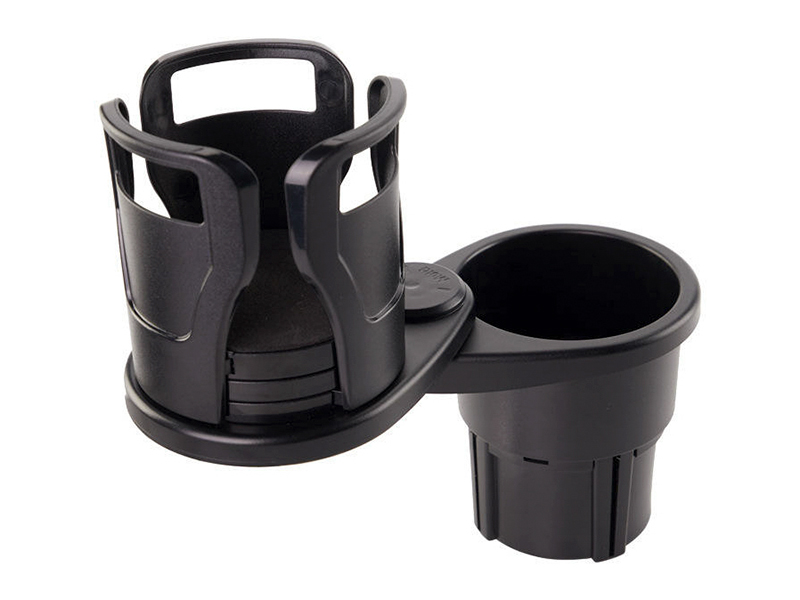
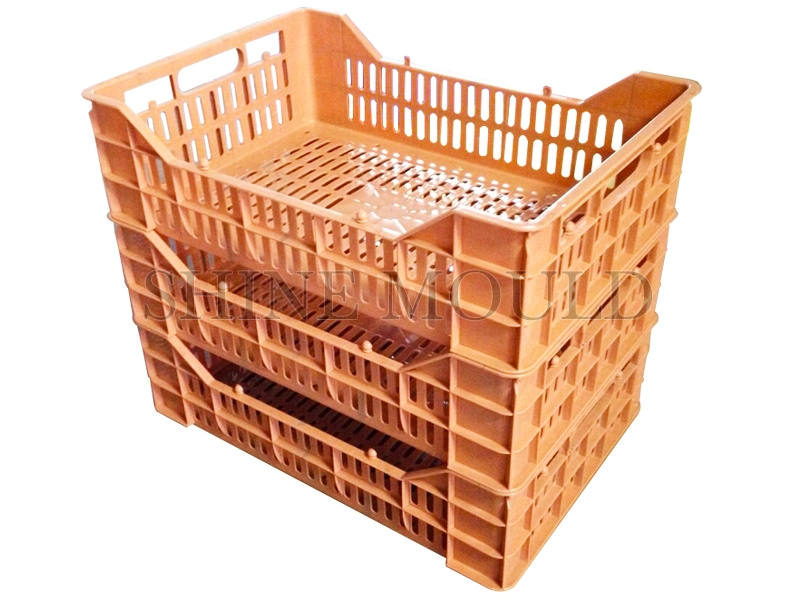

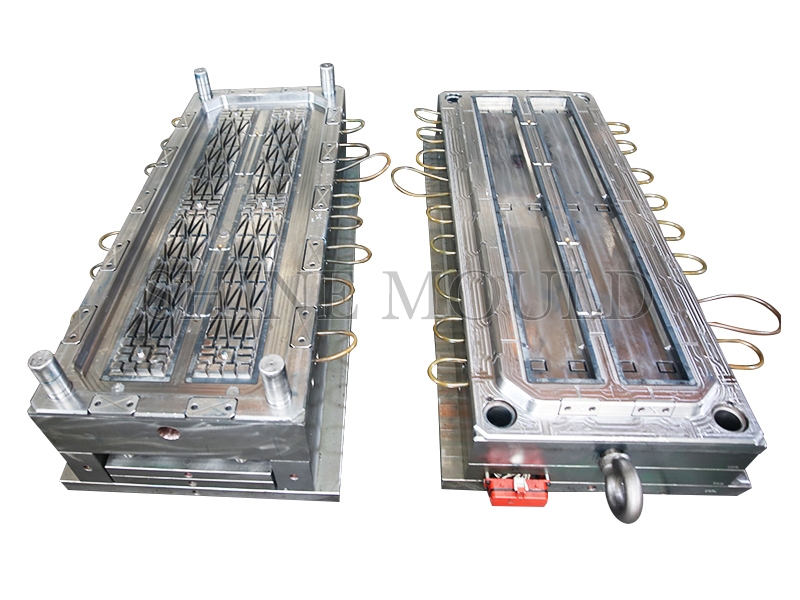
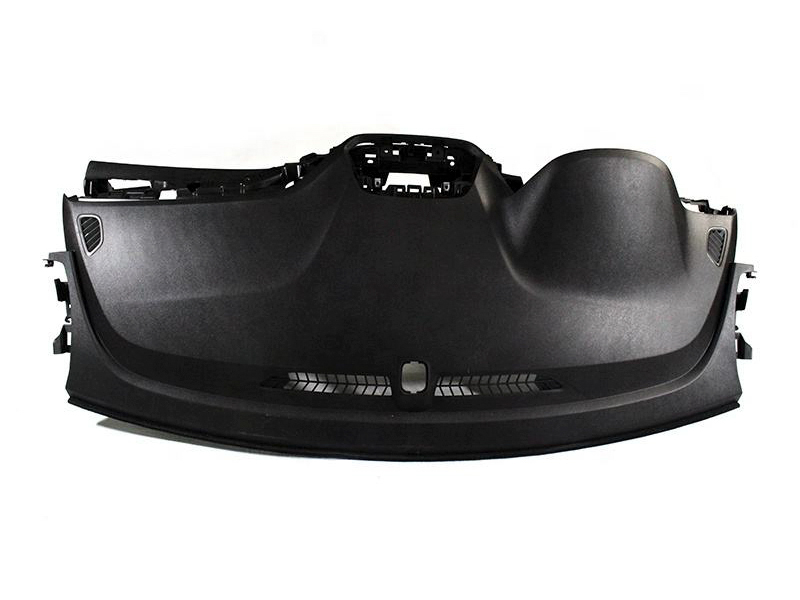
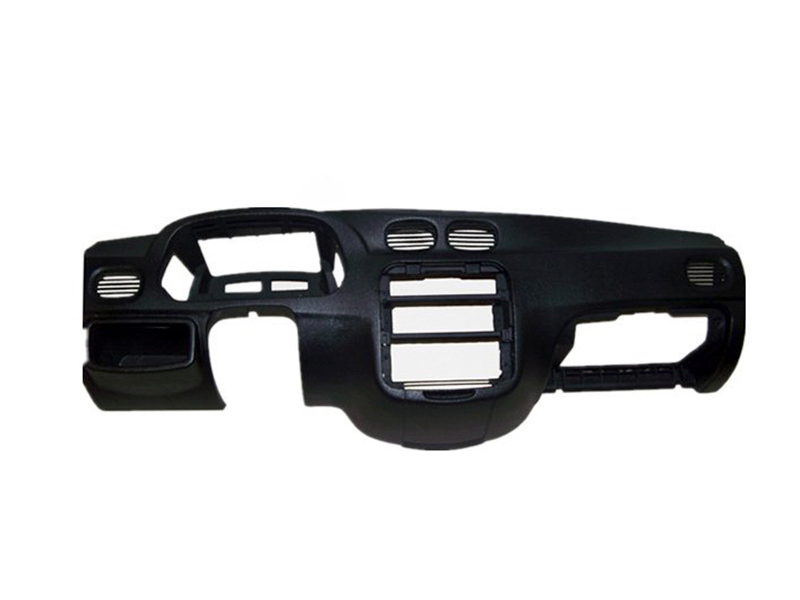
.jpg)
